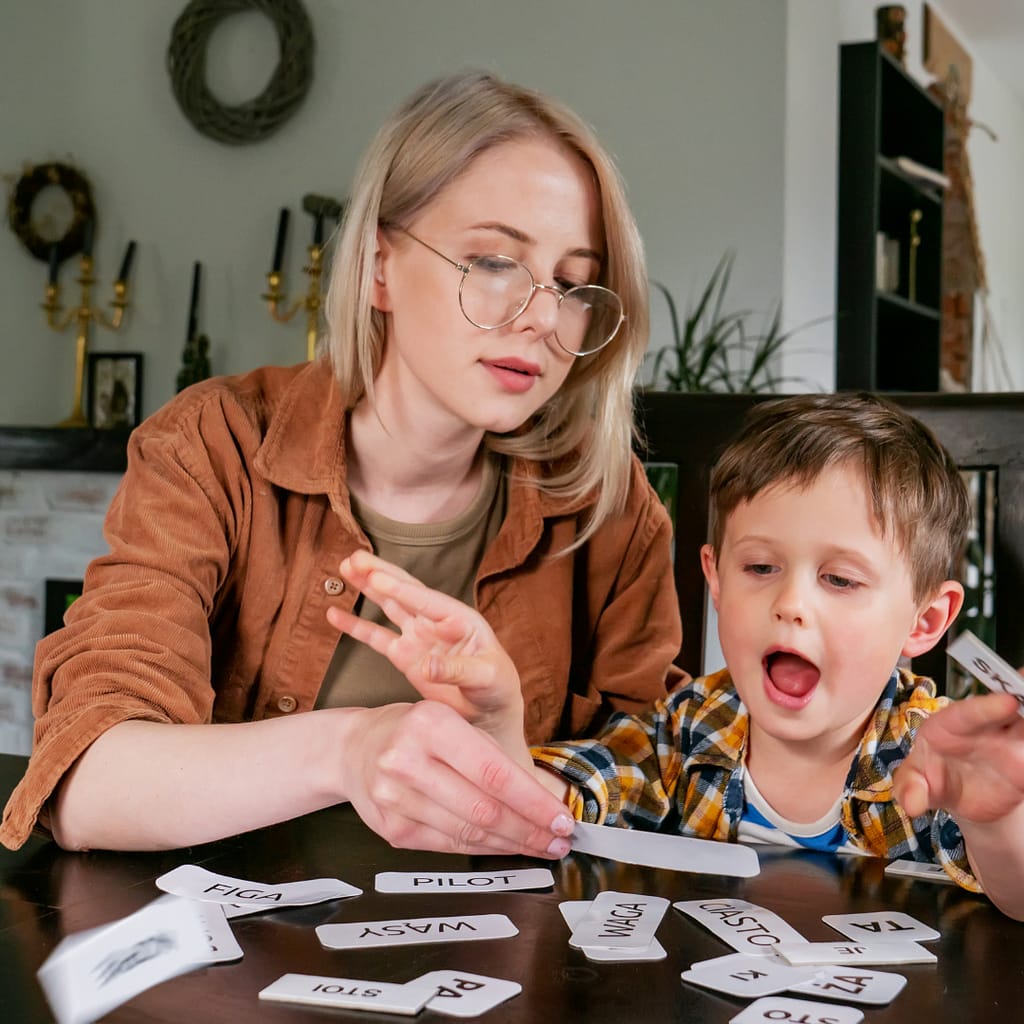Social Stories are proven to be an excellent tool for helping children on the spectrum deal with new or unfamiliar social events. Developed by Carol Gray in 1991, they have greatly improved social skills in autistic children.
What is a social story?A social story is a narrative made to illustrate certain situations and problems and how people deal with them. They help children with autism understand social norms and learn how to communicate with others appropriately.
Who developed Social Stories?The Social Stories concept was developed by child pediatrician Dr. Carol Gray in the early 1990s. Dr. Gray started writing these for the autistic children she worked with. In 1993, she published her first book and has since published several more on this subject.
How to write a social story for autism?A helpful story:
- Has a specific goal – it should target the desired behavior
- Is well-researched – it should be accurate, relevant, and interesting to the reader
- Is descriptive and uses positive language – it should answer where, when, who, what, how, and why and use simple, encouraging words.
What are comic strip conversations?Comic strip conversations are simple illustrations that show two or more people having a conversation using short sentences. Some children with autism learn better with visuals, so creating comic strips can be an effective tool. Constructing cartoon strips for kids is an enjoyable way for young people to communicate their thoughts and feelings while building the imagination.
What do Social Stories help with?Social Stories support kids with autism by:
- Teaching social norms
- Improving social skills
- Learning to empathize and have compassion with others
- Reducing anxiety
What are the components of a social story?
These stories are generally written in a sentence format. There are seven basic sentences that are generally used in its construction for children with special needs. These are:
- Perspective sentences –
General descriptions of the internal state of another person like his/her knowledge, thoughts, beliefs, feelings, motivations, and opinions, as well as his/her physical condition.
Example: “My brother likes to swim.”
- Descriptive sentences –
Answers the “why” questions in a social situation or event. They are factual and observable sentences that are free from assumptions and opinions and are used to identify the most important factors in a social situation.
Example: “Children go to school to study.”
- Directive sentences –
Presents a response or choice of actions to a given situation or event in a positive way.
Example: “I will brush my teeth after each meal.”
- Control sentences –
These are written by the child who just heard the story. These are used to identify or remember the personal strategies or solutions that the child will use to recall and use information.
Example: “I need to brush my teeth after each meal to keep them healthy.”
- Affirmative sentences –
These sentences are used to support or reinforce the meaning of statements and may stress a shared value or opinion. These can be employed along with directive, perspective, or descriptive sentences.
Example: “I will try to brush my teeth after each meal. It is very important to have healthy teeth.”
- Cooperative sentences –
These sentences help a child understand the important role played by other people in a certain situation or activity.
Example: “There are a lot of cars on the street. My dad and mom can assist me in crossing the street.”
- Partial sentences –
These are sentences used to encourage a child with autism to determine the ideal response to certain situations. These sentences are recommended when the child has a significant understanding of social situations and how they are handled.
Example: “My brother loves to play basketball.”
Some benefits to creating Social Stories for autistic childrenThese stories help kids learn how to respond to daily situations or events appropriately. A 2015 study of 30 children with autism, half of which went through Social Stories training, returned positive results. The experimental group who received a social story exhibited improved social interaction.
Here are some benefits of developing Social Stories:
- Helps kids learn self-care and social skills
- Allows children with special needs to understand their behavior as well as others
- Assists autistic kids in understanding emotions such as anger, sadness, and happiness, and how to address them
- Helps children on the spectrum cope with various changes and everyday life transitions
- Encourages kids to work on developing relationships and provides rewards for accomplishing social tasks
- Reinforces proper and/or accepted behavior
- Teaches autistic kids how to join in activities, use their imagination, and play with others
- Provides the tools to teach kids with special needs to make and maintain friendships, as well as to join in group activities.




